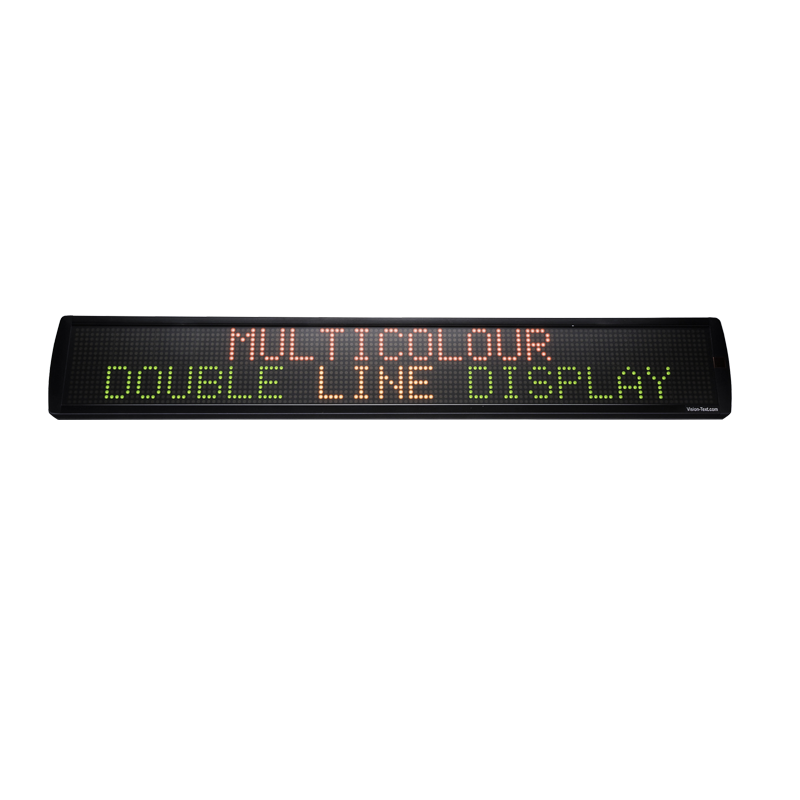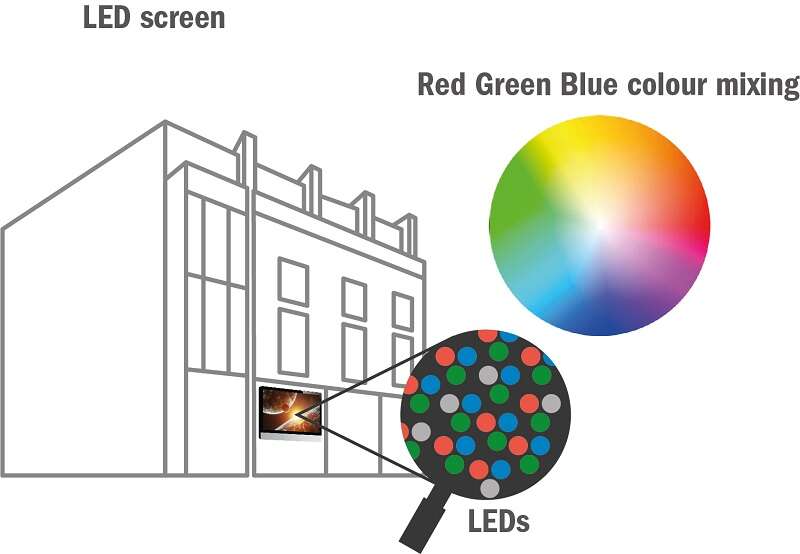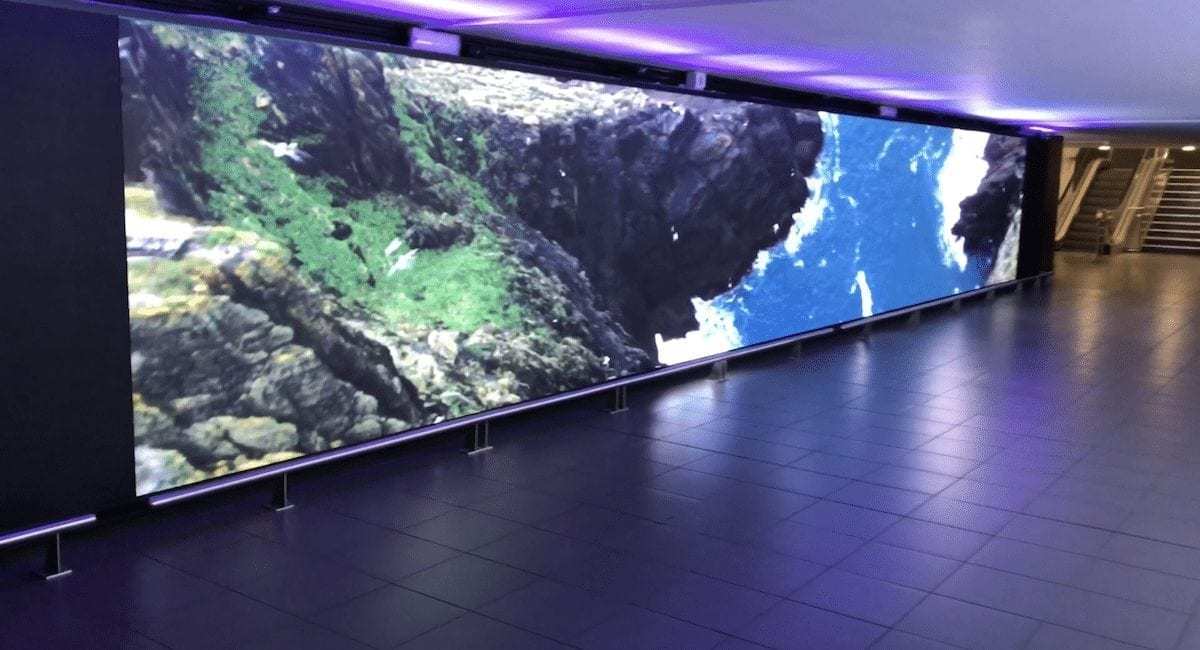Excellent Reasons For Deciding On Outdoor Fixed Led Display
Wiki Article
What Is The Importance Of Durability And Weather Resistance When Researching Led Displays?
The endurance and weather resistance of LED display is a key aspect to take into consideration, particularly when it comes to outdoor installations and those with high traffic. Why are they so crucial?
1. Longevity and cost-Effectiveness
Durability: LED displays are designed to stand up to physical wear and tear such as vibrations, impacts and other physical stresses. Displays that are built to last with a high level of durability last longer. This means that they are less likely to repair or replace them frequently. As time passes, this can lead to better cost-efficiency.
Application: In environments that display screens are subject to physical harm, such as in public spaces, sports arenas, or rental markets the quality of the display will ensure a long-lasting return on investment.
2. Outdoor Performance
Weather Resistant Outdoor LED displays can be exposed to various weather conditions. They are subject to snow, rain, winds, and temperature changes. These displays are designed for reliability in adverse weather conditions.
IP Rating IP Rating Protection (IP), also known as the rating for dust and water protection, indicates the degree to which a product is protected against these elements. A minimum IP65 rating (protection from dust and water jets) is suggested for outdoor displays. The display should be able to stand up to extreme weather conditions, and will not suffer from short-circuiting and corroding.
The ability to resist weather is crucial for outdoor installations such as stadium screens and digital signage. If a display fails due to bad weather can result in costly repairs and even downtime.
3. Temperature Resistance
LED Displays can be exposed both to extreme cold and hot temperatures. This may impact their performance. Displays of high-quality are built to function within a wide temperature range.
Application: For extreme climates like deserts that have high temperatures or winters with low temperatures, choosing an LCD display with enough resistance to temperature will guarantee consistent performance throughout the year.
4. and Moisture Resistance and Moisture Resistance
Waterproofing LED displays Displays that are waterproof stop moisture from entering the internal components, which could cause short circuits or cause damage. This is essential, especially in situations with high humidity or heavy rain.
Applications: Waterproofing is required for display areas close to water bodies, in areas with coastal zones or those that experience frequent rain to avoid malfunctions and prolong the life of the display.
5. UV Protection and Durability of Sunlight
UV Resistance - Prolonged exposure to UV can cause discoloration or damage to displays. UV-resistant screens are treated with a special coating that helps protect against damaging UV rays. They keep their appearance and functionality for years.
Applications: In bright environments or places where the screen is in direct sunlight the need for UV resistance is vital to ensure that the display does not fade and maintain the image's quality.
6. Safety and Compliance
Fire Resistance: In order to conform to safety regulations, certain environments require display displays with fire resistant properties. This is especially important in indoor environments where high usage is common, like malls and concert venues.
Application: By making sure that the display complies with relevant safety standards, you will are not just protecting your investment, but also ensure conformity with local laws and legal concerns.
7. Maintenance and downtime reduction
Low Maintenance. Displays that are resistant to the elements and are not susceptible to other environmental influences require less maintenance. This reduces both maintenance costs and downtime.
Application: In situations where downtime or disruption is costly or disruptive such as transportation hubs or in emergency information systems, durability ensures the display can function without intervention.
Conclusion:
In high stress and outdoor environments LED displays need to have a durable, weather-resistant design. These aspects will safeguard your investment as they ensure that the display is built to withstand harsh environments, reduce the requirement for repairs, and maintain consistent performance. It is essential to consider the durability and weather resistance when you are looking at LED displays for use in areas where environmental conditions are a major element. Follow the top rated smd screens for website info including flexible led screen, outdoor screen led, led panels, outdoor led screen display, digital display, flexible led display screen, wall screen, outdoor digital screens, transparent led panel, led a board and more.

How Important Is Refresh Rate? In The Research Of Led Displays?
When looking into LED display, what is the refresh rate? This is especially true when it is used to display live media such as video live broadcasts, interactive apps. The rate of refresh is important for many reasons.
1. Image Smoothness and Clarity
Definition: The refresh rate is the amount of times per second (measured in Hertz, or Hz) that the display refreshes its image. Higher refresh rates produce smoother motions and less flickering.
Important High-refresh rate (3,840 Hz or higher) is essential for displays that show videos, animations, or fast-moving pictures. This ensures the motion looks fluid, without stuttering or tears. This is particularly important in applications such as sports arenas, concerts, or digital signage where smooth visual performance can enhance the user's experience.
2. Flicker-Free Performance
Flicker. Displays with low refresh rates can cause noticeable flicker when viewed with cameras. The flickering could cause eye fatigue and strain, which makes it difficult to watch the screen for extended periods of time.
Application: High refresh rates are perfect for environments where the display will be recorded. This is the case for broadcasting and event studios. They reduce flickering and ensure that the content is captured clearly without visual artifacts.
3. Visual Quality Different Lighting Conditions
Effect on Brightness: High refresh rates can also influence the performance of the display under different lighting conditions. For example, if the surroundings are brightly lit with a lot of light, a fast rate of refreshment helps to maintain image consistency and quality. This can reduce any visible flickering that can affect the display’s effectiveness.
Application: This is especially relevant for outdoor shows, stage events, and other scenarios where the lighting conditions are constantly changing or are hard to regulate.
4. Content Compatibility
Synchronization - The refresh rate must be compatible with all content sources, including video playback systems or cameras. The display's refresh rate should be in line with the frame rate of the content to prevent judder and unmatched frames. This can adversely affect the viewing experience.
Application: In professional settings, like TV studios, or large-scale events, where multiple sources of content are being used, it's important that the frame rate of content is in line with the rate of refresh. This will ensure smooth playback.
5. Enjoy the best viewing experience
Motion Handling - High refresh rates reduce motion blur while providing a more detailed, clearer image. This is an excellent feature for sports broadcasting, gaming, or any other situation which requires fast-paced action.
Application for venues that host sports, gaming events or other content that is high-energy A high refresh rate will ensure that the viewers experience every aspect with clarity.
6. Reduction of Eye Strain
Comfort: A low refresh rate can cause eye strain when viewing for extended durations, particularly in environments with people close to the screen, or when content is being viewed over a prolonged period.
Application: In retail spaces and offices, or in public spaces in which people are able to view the display for a long period of time, a rapid frequency of refreshment is essential to making the experience more pleasant and enjoyable.
7. Performance of Staging and Rental Staging Applications
Flexibility. LED displays are used for staging and rental purposes in a wide variety of scenarios and kinds and formats of content. Displays with an extremely high refresh rate is able to adapt to the needs of any occasion.
Application: High refresh display rates are suitable for these settings. They can adapt to the needs of the audience and their content requirements.
Conclusion:
The refresh rate of LED displays is a crucial aspect that directly affects the visual quality and comfort. It also affects their flexibility. It is particularly important for applications involving dynamic content, live events, or environments in which the display is used for long periods of time. If you are looking into LED display options for your project take a look at the rate of refresh. This will ensure that the display runs smooth and without flicker, which will enhance the experience of viewers. Follow the best led rental screen for website examples including display screen led, led rental screen, led screen transparent, outdoor screen led, led display, tv the wall, outdoor digital display, outdoor led panel, led display rental, led display and more.

What's The Significance Of Roi, Cost, And Energy Efficiency When Selecting Led Displays?
When looking into LED screens, the price, ROI (return on investment) and the efficiency of the screen are crucial. They have an direct effect on the financial viability and the long-term benefit and the operating expenses. Why each of these factors is crucial:
1. Initial Cost
Budget: The price of the initial installation of LED displays is an important aspect to consider for any project. Not only does it include the price of the display as well as the mounting structure or other accessories that may be required.
Quality and. Cost: Displays that are priced lower may appear appealing at first glance, but they might be a compromise regarding quality and durability or other features. It's crucial to balance the initial price with the performance you want and longevity of the display.
Application: When budgets are limited, a careful evaluation of performance versus cost is crucial. If you are advertising in the most prominent locations or require a premium display, then it may be worth a more expensive model. However, if your surroundings are less demanding, then fewer alternatives will be sufficient.
2. Return on Investment
Revenue Generation: The ROI of a LED display is often correlated with its ability to generate revenue, either via advertising, enhanced customer engagement, or enhanced visibility of the brand. A display that effectively attracts attention and delivers impactful content can provide a strong ROI, either through revenues from sales or advertisements.
Longevity and durability Displays that are of better quality, with a longer lasting lifespan and greater durability typically provide higher ROI as they need less frequent replacement and also have lower costs for maintenance. The initial investment is well worth it over the long term.
Impact of Features and ROI: Features such as high-resolution, large viewing angles, and high brightness, even though they might cost more initially, they can boost the efficiency and effectiveness of the screen. This can lead to an increase in ROI due to increased audience involvement and increased visibility.
3. Energy Efficiency
Cost of operation: The capacity to lower the cost associated with LED displays is contingent on the energy efficiency of the display. Less power-consuming displays can result in lower power bills. This is important for large installations, or displays that run 24/7.
Environmental Impact - Energy-efficient displays assist to achieve sustainability goals through the reduction of carbon footprints. It's becoming more important for businesses and organizations that are committed to environmental sustainability, or who must adhere to the regulations on energy.
Long-Term Saves: Energy-efficient displays may have a higher initial cost but the electricity cost savings over the life of the display are significant, improving the return on investment.
Energy efficiency is an excellent way to reduce operating costs overall for installations in areas that are characterized by significant energy costs or large-scale deployments.
4. Total Cost of Ownership
Maintenance and repairs: The total costs of ownership do not just include the price paid for the item, but any repair, maintenance or downtime that might be required. TCOs are generally lower with displays which have a longer time-to-live and more durability. This means they are more affordable at the final.
Enhancements and Scalability. Consider the ease with which the display can be modified or scaled. Modular displays that can be easily upgraded or expanded at a low cost could be the best long-term investments.
Displays to be used: If the displays are planned to be utilized for a long period of time in settings like workplaces or public areas that are crowded and high traffic, the TCO is essential to ensure that the investment will remain affordable.
Finance and leasing options
Flexibility in Financing: Many providers offer leasing or financing options that aid in managing the initial cost of quality displays. This is especially useful for businesses that want to maintain cash flow, however, they also want to invest in top-quality digital signage.
Aspects of ROI: Leasing could have an impact positive on the ROI. It lets businesses update their displays with the latest technology without having make a significant initial investment. This makes sure that the displays are at the cutting edge and deliver returns.
6. Market Competitiveness
Cost in comparison to. ROI and cost of LED displays may impact your competitiveness. A more efficient display will allow you to stand out from your rivals. This could bring in more customers and clients, resulting in a greater ROI.
Application In highly competitive areas, such a entertainment or retail industries, investing higher-quality display systems that offer higher ROI may give you a major edge.
Conclusion:
In order to determine the worth and advantages of an investment in a display with LEDs it is crucial to look at factors such as cost, ROI, and energy efficiency. In balancing the initial cost against the expected return on investment, evaluating energy efficiency to reduce operational expenses, and taking into account the cost per unit of ownership will help to ensure that the display is in line with both financial and performance expectations. These factors will allow you to make an informed decision that matches your goals, budget, and strategy. Check out the recommended outdoor fixed led display for site info including display light led, screen led display, led panel rental, led rental screen, led in walls, led screen, transparent screen, led panel transparent, led wall panels, transparent screen monitor and more.
